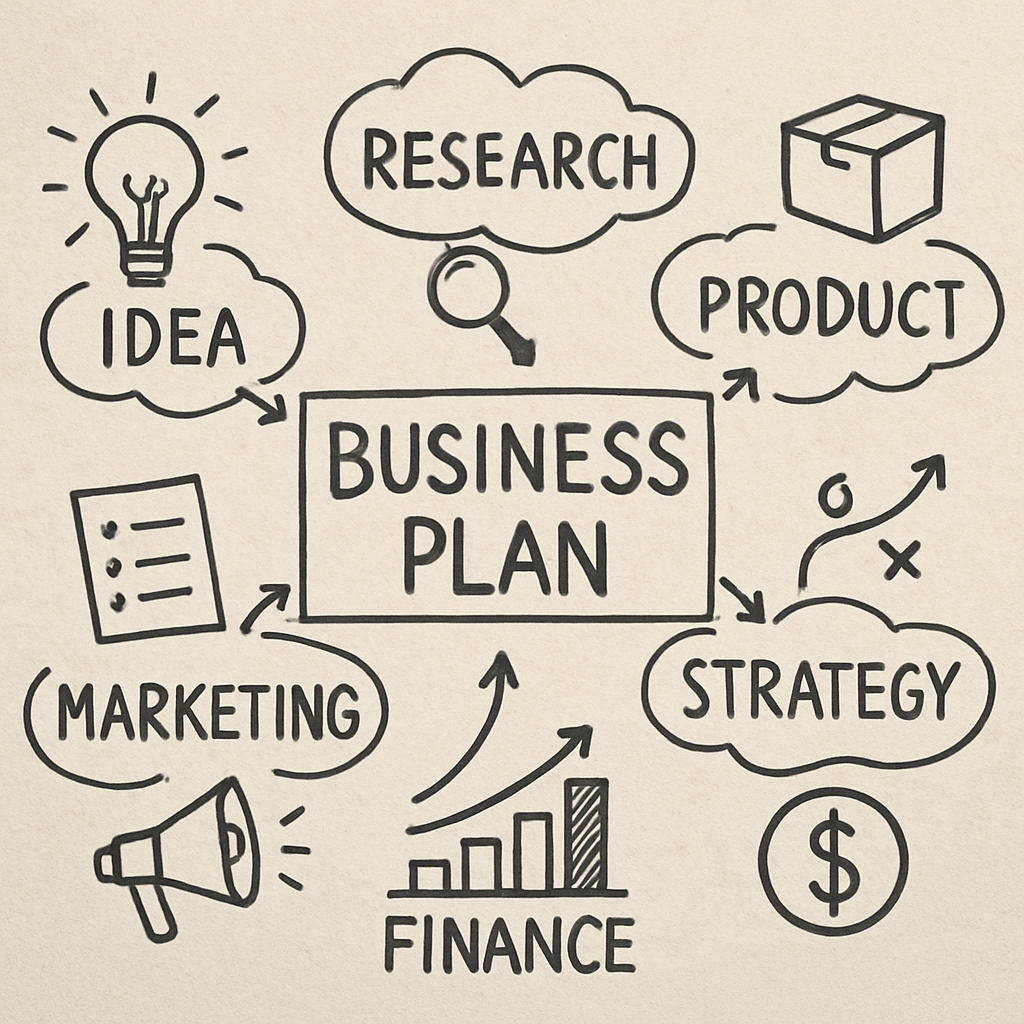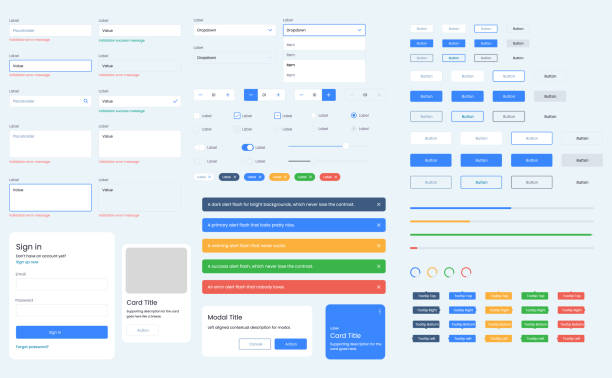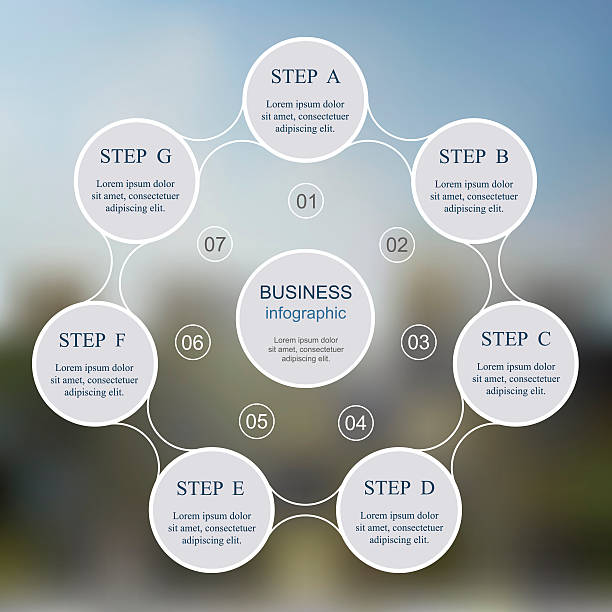business plan outline
Hey there, dream chaser! Ready to turn that brilliant idea into a thriving business? Before you dive headfirst into the entrepreneurial waters, you’ll want to have a solid business plan in your back pocket. It’s your roadmap to success, helping you navigate the ups and downs of starting and running a business. But don’t worry, creating a business plan doesn’t have to be a chore. Let’s break it down into bite-sized, manageable steps.

Clarifying Your Business Idea
A business plan helps you clarify your business idea and set clear goals. It’s about translating your vision into a coherent strategy. By writing down your ideas, you can better communicate them to others and yourself. This process forces you to think critically about every aspect of your business, ensuring you’re ready for the challenges ahead.
Guiding Decision-Making
Your business plan serves as a blueprint to guide your decision-making. When you’re faced with tough choices, having a clear plan allows you to weigh options against your goals. It provides a reference point to ensure your decisions align with your long-term vision. This strategic alignment is crucial for maintaining focus and direction.
Attracting Investors and Securing Loans
A well-crafted business plan can attract investors or secure loans. Investors and lenders want to see a detailed plan that demonstrates your understanding of the market and your ability to succeed. It shows you’ve thought through potential challenges and have a strategy for growth. A robust business plan is often the first step in convincing others to invest in your vision.
Measuring Progress
Your business plan also provides a benchmark to measure your progress. By setting clear goals and milestones, you can track your achievements and adjust your strategy as needed. Regularly reviewing your business plan helps you stay on top of your objectives and make informed adjustments. This ongoing evaluation is key to sustainable growth and success.
How to Create a Business Plan Step by Step
Ready to get started? Here’s how to draft a business plan step by step. You can use a business blueprint template to make this process even easier!
Executive Summary: The Elevator Pitch
The executive summary is a quick overview of your business plan. It’s your chance to grab attention, so keep it snappy! Highlight what your business does, your mission, and why it’s going to be a hit.
Crafting a Compelling Summary
Start by crafting a compelling summary that captures the essence of your business. This section should be engaging, concise, and informative. Think of it as your business’s first impression—make it count! An impactful summary piques interest and sets the stage for the rest of your plan.
Highlighting Key Selling Points
Highlight the key selling points of your business in the executive summary. This includes your unique value proposition, target market, and competitive advantage. Clearly articulate why your business is different and why it will succeed. These highlights are crucial for catching the attention of potential investors or partners.
Mission and Vision Statements
Include your mission and vision statements in the executive summary. Your mission statement defines your business’s purpose, while your vision statement outlines your long-term aspirations. Together, they provide a clear picture of what your business stands for and where it’s headed. These statements are foundational elements that guide your business strategy.
Business Description: What’s Your Story?
This is where you dive a bit deeper into what your business is all about. Include:
- Your business name and location.
- Your products or services.
- The problem your business solves.
- Your business’s unique selling proposition.
Business Name and Location
Discuss the significance of your business name and location. Explain how your name reflects your brand identity and resonates with your target audience. Additionally, elaborate on your location choice, including its strategic advantages and relevance to your market. These elements are important for establishing a strong brand presence.
Products or Services Overview
Provide an in-depth overview of your products or services. Describe their features, benefits, and how they address customer needs. Highlight any innovative aspects that set them apart from competitors. This section should leave readers with a clear understanding of what you offer and why it’s valuable.
Problem Solving and Unique Selling Proposition
Discuss the problem your business solves and your unique selling proposition (USP). Explain how your offerings address specific pain points in the market. Your USP should clearly communicate why customers should choose you over competitors. This differentiation is critical for capturing market share and building a loyal customer base.
Market Research: Know Your Audience

- A description of your ideal customer.
- Market size and growth potential.
- Your competition and how you stack up.
Identifying Your Ideal Customer
Identify and describe your ideal customer in detail. Consider demographics, psychographics, and buying behaviors. Understanding your target audience enables you to tailor your marketing efforts effectively. This knowledge ensures your products or services resonate with the right people.
Analyzing Market Size and Growth
Analyze the market size and growth potential for your business. Provide data and insights that demonstrate the opportunity within your industry. Highlight trends and factors driving market growth. This analysis helps validate your business idea and attract potential investors by showcasing demand.
Competitive Analysis
Conduct a thorough competitive analysis to understand your position in the market. Identify key competitors and assess their strengths and weaknesses. Discuss how your business differentiates itself and capitalizes on market gaps. A robust competitive analysis demonstrates your understanding of the competitive landscape.
Organization and Management: Who’s in Charge?
Outline your business structure. This section should detail:
- Your business’s legal structure (LLC, partnership, corporation, etc.).
- Key team members and their roles.
- Your management team’s experience and expertise.
Legal Structure
Explain the legal structure of your business, such as LLC, partnership, or corporation. Discuss the reasons behind your choice and its implications for liability and taxation. Understanding your legal structure is essential for compliance and risk management.
Key Team Members and Roles
Introduce key team members and their roles within the organization. Highlight their qualifications, experience, and contributions to the business. A strong management team instills confidence in investors and stakeholders. This section should showcase the talent driving your business forward.
Management Expertise
Discuss the expertise and experience of your management team. Highlight relevant achievements and industry knowledge. Demonstrating a capable leadership team enhances your credibility and reassures potential investors of your ability to execute the business plan successfully.
Products or Services: What Are You Selling?
Here’s where you can really shine! Describe what you’re offering and why people will love it. Include:
- A detailed description of your products or services.
- The lifecycle of your products or services.
- Your plans for research and development.
Detailed Product or Service Description
Provide a detailed description of your products or services. Explain their features, benefits, and unique qualities. This section should clearly articulate what makes your offerings stand out in the market. A comprehensive description helps potential customers understand the value you provide.
Product Lifecycle
Discuss the lifecycle of your products or services, from development to market maturity. Explain how you plan to innovate and stay relevant throughout each stage. Understanding the lifecycle allows you to anticipate challenges and adapt your strategy as needed.
Research and Development Plans
Outline your research and development plans to demonstrate your commitment to innovation. Discuss any upcoming projects, improvements, or new offerings in the pipeline. R&D is crucial for maintaining competitiveness and ensuring long-term growth.
Marketing and Sales Strategy: How Will You Reach Customers?
How do you plan on getting the word out? Share your strategies for:
- Pricing your products or services.
- Promoting your business.
- Distributing your products.
- Making sales and retaining customers.
Pricing Strategy
Discuss your pricing strategy and how it aligns with your overall business goals. Explain how you’ve determined pricing in relation to costs, market demand, and competitor pricing. A well-thought-out pricing strategy can greatly influence your profitability and market position.
Promotion and Advertising
Detail your promotion and advertising strategies to reach your target audience. Consider traditional and digital marketing channels, including social media, email marketing, and partnerships. Effective promotion is key to building brand awareness and driving sales.
Distribution Channels
Explain your distribution channels and how you’ll deliver your products or services to customers. Discuss partnerships, logistics, and any unique approaches to reaching your audience. Efficient distribution ensures your offerings are accessible and meet customer expectations.
Sales and Customer Retention
Outline your sales strategy and plans for retaining customers. Discuss your sales processes, customer service approach, and loyalty programs. Building strong relationships with customers enhances satisfaction and encourages repeat business.
Funding Request: Show Me the Money

If you’re seeking funding, this is where you’ll outline your financial needs. Include:
- How much funding do you need?
- How do you plan to use the funds?
- Your future financial plans, such as paying off debt or selling the business.
Determining Funding Needs
Clearly determine and justify your funding needs. Explain the specific amount required and how it will be allocated. A detailed breakdown of your financial needs enhances credibility and helps potential investors understand your requirements.
Allocation of Funds
Discuss how you plan to use the funds to achieve your business objectives. Provide a detailed allocation plan, covering areas such as operations, marketing, and product development. This transparency assures investors that their money will be used effectively.
Future Financial Plans
Outline your future financial plans, including growth strategies, debt repayment, or exit strategies. Discuss how you plan to achieve financial sustainability and return on investment. A clear financial roadmap reassures investors of your long-term vision and profitability.
Financial Projections: Let’s Talk Numbers
This section is all about showing potential investors or lenders that your business is financially viable. Include:
- Income statements.
- Cash flow statements.
- Balance sheets.
- Break-even analysis.
Income Statements
Provide detailed income statements that project your business’s profitability. Include revenue forecasts, cost of goods sold, and operating expenses. Accurate income statements demonstrate your understanding of financial management and future earnings potential.
Cash Flow Statements
Share cash flow statements to illustrate your business’s liquidity and ability to meet financial obligations. Highlight cash inflows and outflows, including operating, investing, and financing activities. Strong cash flow management is crucial for business stability and growth.
Balance Sheets
Include balance sheets that summarize your business’s financial position. Detail assets, liabilities, and equity to provide a snapshot of your business’s financial health. Balance sheets are essential for assessing solvency and financial stability.
Break-Even Analysis
Conduct a break-even analysis to determine when your business will become profitable. Identify the point at which total revenue equals total costs. This analysis is vital for setting realistic financial goals and timelines.
Appendix: The Extras
Last but not least, the appendix! This is where you can include any additional information that supports your plan, like resumes, permits, or legal documents.
Supporting Documentation
Include supporting documentation such as resumes, permits, and legal documents. These materials provide additional context and reinforce the validity of your business plan. Supporting documents enhance credibility and address potential questions from stakeholders.
Visual Aids and Graphics
Incorporate visual aids and graphics to supplement your business plan. Charts, graphs, and images can help clarify complex information and improve reader engagement. Visual elements make your plan more accessible and memorable.
Additional Resources
Provide additional resources or references that support your business plan. This might include industry reports, market research, or expert testimonials. Comprehensive resources demonstrate thorough research and bolster the credibility of your plan.
How Many Pages Should a Business Plan Be?
A common question is, “How long should a business plan be?” The answer is: it depends! A traditional business plan can be anywhere from 20 to 40 pages, but if you’re looking for something more concise, a one-page business plan template might be right up your alley. The key is to include all the necessary information without being overly verbose.
Traditional vs. One-Page Business Plans
Explore the differences between traditional and one-page business plans. Traditional plans offer comprehensive detail, while one-page plans provide a concise overview. Consider your audience and purpose when choosing the right format for your business.
Balancing Detail and Brevity
Discuss the importance of balancing detail and brevity in your business plan. Include essential information but avoid unnecessary jargon or filler content. A well-balanced plan is engaging and informative without overwhelming the reader.
Tailoring Plan Length to Your Needs
Tailor the length of your business plan to your specific needs and audience. Consider the complexity of your business and the level of detail required. Customizing your plan ensures it effectively communicates your vision and strategy.
Business Plan Outline Examples
Need some inspiration? Here are a few business plan outline examples to get you started:
One-Page Business Plan Template
- Business Overview
- Market Research Summary
- Key Objectives
- Financial Overview
- Short-Term Goals
Business Overview
Provide a brief business overview, including your mission, vision, and value proposition. This section summarizes the core elements of your business. An effective overview sets the tone for your one-page plan and highlights key differentiators.
Market Research Summary
Summarize your market research findings, including target audience and competitive analysis. This section demonstrates your understanding of the market landscape. A concise summary ensures your plan remains focused and relevant.
Key Objectives
List your key business objectives and milestones. These should be specific, measurable, and time-bound. Clear objectives provide direction and accountability for your business growth.
Financial Overview
Offer a high-level financial overview, including revenue projections and funding needs. This section provides a snapshot of your business’s financial health. A concise financial overview reassures stakeholders of your business’s viability.
Short-Term Goals
Outline short-term goals that align with your key objectives. These should be achievable within the next 6 to 12 months. Setting short-term goals helps maintain momentum and demonstrates progress.
Group Home Business Plan Template
- Executive Summary
- Organizational Structure
- Services Offered
- Marketing Strategy
- Financial Plan
Executive Summary
Provide a concise executive summary of your group home business. Highlight your mission, vision, and unique value proposition. A strong executive summary captures the essence of your business and engages readers.
Organizational Structure
Detail the organizational structure of your group home, including management roles and responsibilities. This section outlines how your business is structured and operated. Clear organizational structure is vital for operational efficiency and accountability.
Services Offered
Describe the services offered by your group home, including specialized programs and support. Highlight the benefits and value provided to residents. A comprehensive service description enhances understanding and attracts potential clients.
Marketing Strategy
Discuss your marketing strategy for promoting your group home. Include target audience, advertising channels, and outreach efforts. An effective marketing strategy ensures your services reach those in need.
Financial Plan
Provide a detailed financial plan, including revenue projections and funding requirements. This section outlines your business’s financial sustainability and growth potential. A robust financial plan builds confidence among investors and stakeholders.
Tips for Presenting Your Business Plan
So, how do you present a business plan in a way that wows your audience? Here are a few tips:
Know Your Audience
Tailor your presentation to the interests and knowledge level of your audience. Understand what they value and address their specific concerns. Engaging your audience ensures your message resonates and leaves a lasting impact.
Be Clear and Concise
Use simple language and avoid jargon in your presentation. Clarity and conciseness make your points more accessible and memorable. A straightforward approach helps maintain audience attention and understanding.
Use Visuals
Incorporate visuals like charts, graphs, and images to illustrate your points. Visual aids enhance comprehension and break up text-heavy content. Effective visuals make your presentation more engaging and impactful.
Practice Makes Perfect
Rehearse your presentation to build confidence and ensure a smooth delivery. Practice helps you refine your message and address potential questions. A polished presentation demonstrates professionalism and preparation.
Takeaways: Your Business Plan is Your Secret Weapon
Creating a business plan might seem daunting at first, but it’s a crucial step in building a successful business. Whether you use a detailed business project outline example or a streamlined one-page business plan template, the important thing is to get your ideas down on paper. Remember, your business plan is a living document. Don’t be afraid to tweak and update it as your business grows and evolves. Now, go out there and conquer the business world!
Embrace the Process
Embrace the process of creating a business plan as an opportunity for growth and learning. Each section helps you refine your vision and strategy. The effort invested in planning pays off in better preparedness and resilience.
Adapt and Evolve
Recognize that your business plan should adapt and evolve over time. Regularly review and update it to reflect changes in the market and your business. Flexibility ensures your plan remains relevant and effective.
Leverage Your Business Plan
Leverage your business plan as a powerful tool for communication and strategy. Use it to align your team, attract investors, and guide decision-making. Your business plan is a dynamic resource that supports your entrepreneurial journey.








